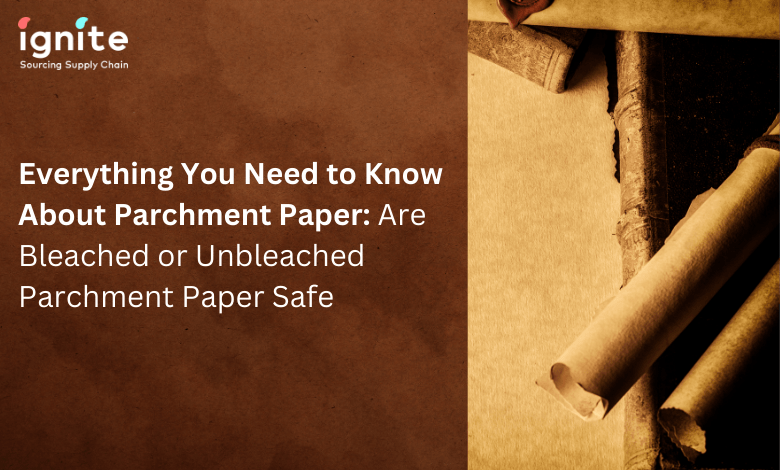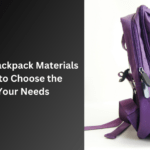Parchment paper is a versatile and indispensable tool in the kitchen. It provides a non-stick surface that simplifies cooking and baking and offers a convenient way to package and store food. However, when choosing between bleached and unbleached parchment paper, many wonder about their safety and potential health effects.
We will explore the differences between bleached and unbleached parchment paper and shed light on their safety for various culinary applications. We will learn about the manufacturing processes, ingredients used, and regulations in place to ensure the safety of parchment paper products. By understanding the key factors and considerations, you can decide which type of parchment paper is right for you.
What is parchment paper?
Parchment paper, also known as baking paper or bakery release paper, is a versatile and heat-resistant paper widely used in cooking and baking. Manufacturers make them by treating paper with a thin silicone layer, which provides a non-stick surface and heat resistance.
The origins of parchment paper go back to ancient times when people used animal skins as a durable writing material. Over time, parchment paper evolved to become a kitchen staple, serving different purposes in the culinary world.
Parchment paper is commonly used to line baking sheets and pans to prevent food from sticking and to facilitate easy cleanup. It acts as a barrier between the food and the baking surface, preventing direct contact and promoting even heat distribution. This non-stick property makes it particularly useful when baking cookies, pastries, and other delicate items that may otherwise stick to the pan.
In addition to its non-stick properties, parchment paper is oven-safe and can withstand high temperatures without burning or releasing harmful substances. It is typically safe to use at temperatures up to around 420°F (215°C), though it’s crucial to check the manufacturer’s instructions for specific heat limits.
Apart from baking, parchment paper is helpful for food packaging, steaming, and en papillote cooking, a method in which food is enclosed in a parchment paper pouch and then baked, allowing the flavors to meld together.
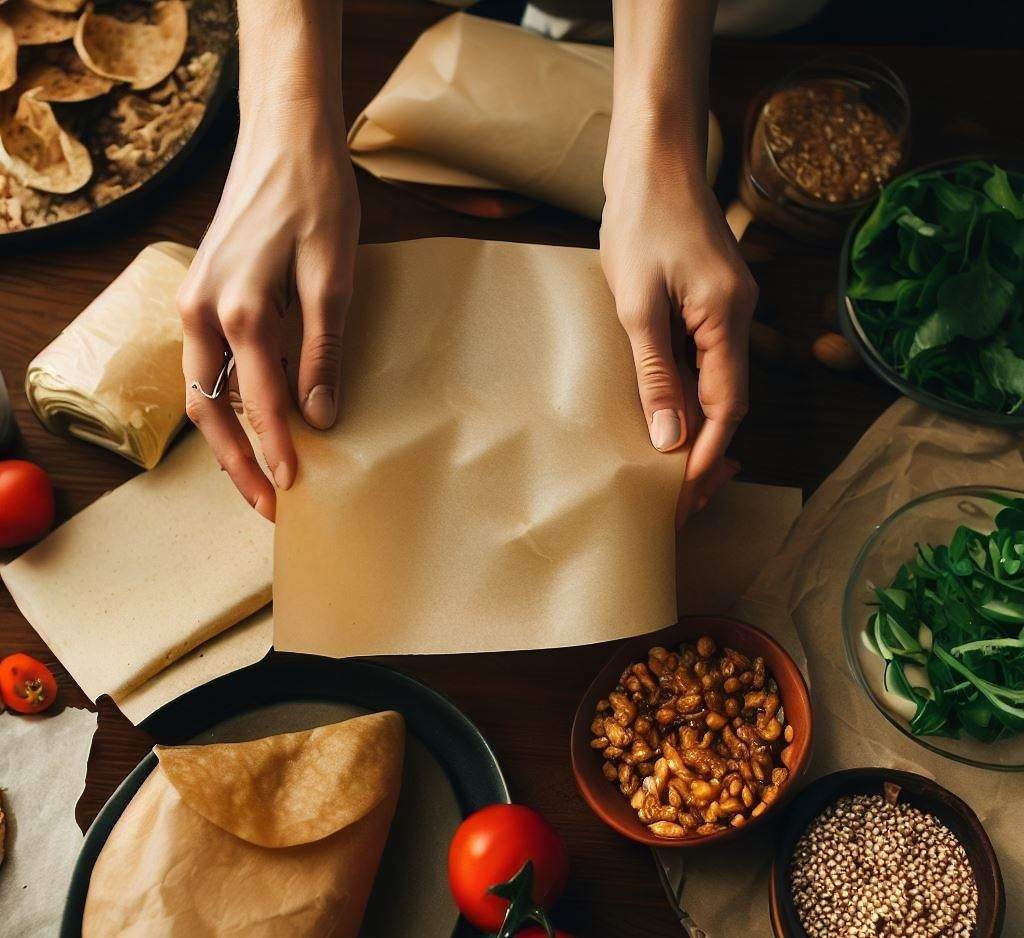
Are Parchment Paper Safe?
Yes, parchment papers are generally considered safe for cooking and baking. Parchment paper poses no known health risks when used correctly and within the recommended temperature limits.
Non-toxic: Parchment paper is typically made from cellulose fibers derived from wood pulp. It does not contain toxic chemicals or additives that could leach into food during cooking.
Silicone Coating: Parchment paper has a thin layer of silicone, which provides its non-stick properties. Silicone is considered safe for food contact, and scientists have extensively tested it for its stability and non-toxic nature.
Heat Resistance: Parchment paper can withstand high temperatures without burning or releasing harmful substances. Most parchment papers can safely handle temperatures around 420°F (215°C). It is well above the typical baking temperature range.
Regulation and Standards: In many countries, including the United States, parchment paper falls under the jurisdiction of food regulatory bodies. These bodies establish and enforce standards to ensure the safety of food-related products. Parchment paper manufacturers must comply with these regulations, ensuring their products are safe for consumer use.
It’s important to note that while parchment paper is generally safe, you should consider a few points:
Temperature Limits: Always check the temperature limits specified by the manufacturer. Exceeding the recommended temperature range may cause the parchment paper to burn or degrade, potentially affecting its safety and performance.
Proper Use: Use parchment paper as intended, such as lining baking sheets or wrapping food for steaming. Avoid using it directly over an open flame or exposing it to direct contact with heating elements, as this can cause it to ignite or melt.
Avoid Reusing: Parchment paper is typically intended for single use only. Reusing parchment paper can increase the risk of breaking down or transferring flavors and residues from previous use to new foods.
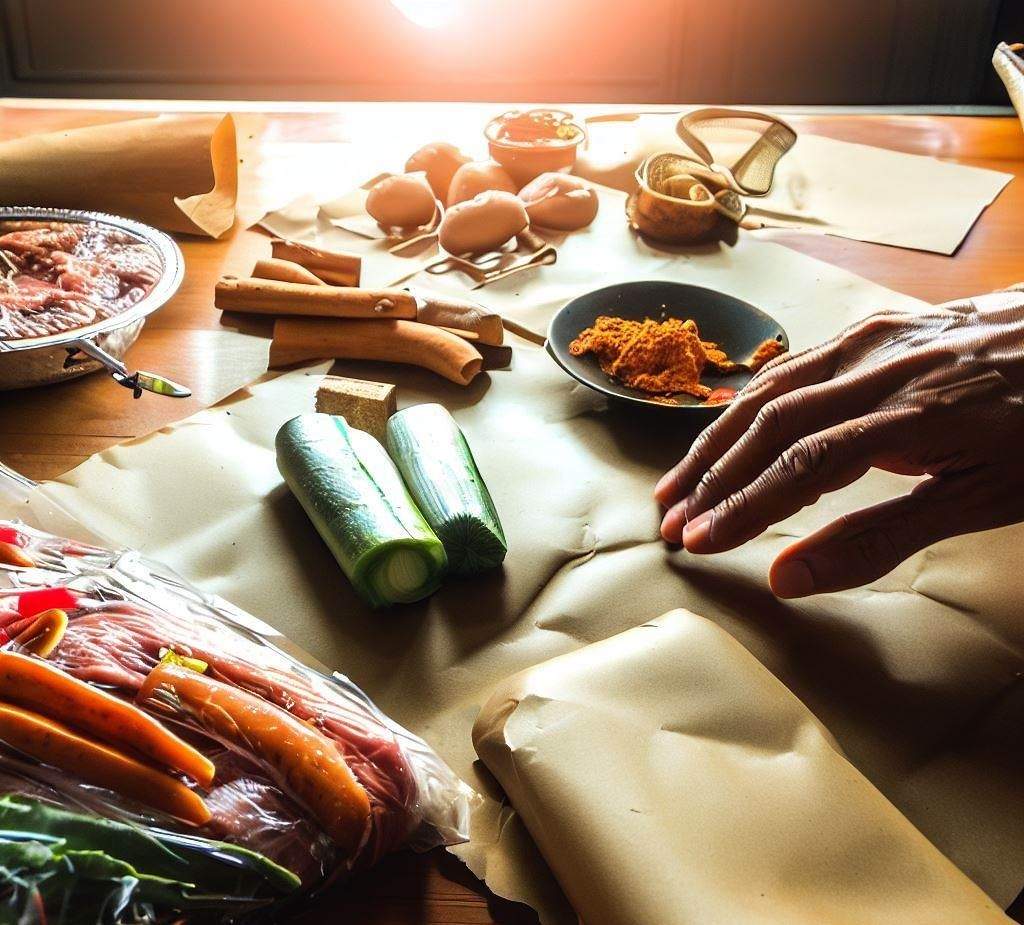
What are the uses of parchment paper?
Parchment paper has a wide range of uses in the kitchen.
Baking: People use Parchment paper to line baking sheets and pans to prevent food from sticking. It makes removing baked goods like cookies, pastries, and cakes without breaking or sticking to the pan. It also promotes even browning and helps with cleanup since it prevents food residue from sticking to the baking surface.
Roasting: Parchment paper can help line roasting pans when cooking meats, vegetables, and other ingredients in the oven. It helps prevent the food from sticking to the pan and makes cleanup quicker and easier.
Steaming: Parchment paper is helpful for food steaming. You can create a pouch or envelope to enclose ingredients and seal them in natural flavors and moisture while they cook. The parchment paper pouch helps to retain the food’s tenderness and prevent it from drying out.
Food Wrapping: Parchment paper helps with food wrapping and storage. You can use it to separate layers of baked goods, such as cakes or cookies, preventing them from sticking together. Parchment paper is also suitable for wrapping sandwiches, cheese, or other perishable items for storage in the refrigerator, as it helps maintain freshness and prevents cross-contamination.
Candy Making: Parchment paper helps make homemade candies or chocolate-covered treats. It provides a non-stick surface for removal after hardening.
Arts and Crafts: Beyond its culinary applications, parchment paper helps in arts and crafts projects. You can use it to trace, create translucent backgrounds, or protect surfaces from paint or glue.
Silicone vs Quilon Coated Parchment Papers
| Silicone-Coated Parchment Paper | Quilon-Coated Parchment Paper | |
| Coating Material | Silicone | Quilon (Polymerized Chlorine) |
| Non-Stick Properties | Excellent | Good |
| Heat Resistance | High temperatures up to approximately 420°F (215°C) | Moderate temperatures up to approximately 400°F (204°C) |
| Grease Resistance | Excellent | Good |
| Chemical Stability | Stable and does not release harmful chemicals when heated | May release small amounts of toxic fumes at high temperatures |
| Eco-Friendliness | More environmentally friendly, as silicone is inert and does not produce harmful byproducts when disposed of | Less eco-friendly, as quilon contains chlorine and may release harmful substances when incinerated |
| Food Safety | Generally considered safe for cooking and baking | FDA has limited the use of Quilon-coated parchment paper due to concerns about potential health risks |
| Common Applications | Baking, roasting, steaming, food storage, candy making | Baking, roasting, food storage (limited use) |
| Availability | Widely available | Availability may be limited due to regulatory restrictions |
Bleached vs Unbleached Parchment Paper
| Bleached Parchment Paper | Unbleached Parchment Paper | |
| Manufacturing Process | Chemically treated to remove color and impurities, resulting in a white appearance | No chemical bleaching process used, retains its natural brown color |
| Appearance | White | Natural brown |
| Chemicals Used | Chlorine compounds and/or hydrogen peroxide may be used in the bleaching process | No bleaching chemicals used |
| Environmental Impact | Bleaching process may have environmental implications due to the use of chemicals and waste disposal | Generally considered more environmentally friendly as it avoids the bleaching process and reduces chemical usage |
| Natural Characteristics | May have a smoother surface and more consistent color | Natural variations in color and texture |
| Taste and Flavor | Does not impact taste or flavor of the food | Does not impact taste or flavor of the food |
| Food Safety | Subject to regulations and standards to ensure safety | Subject to regulations and standards to ensure safety |
| Availability and Cost | Widely available and often more affordable | Widely available but may be slightly more expensive due to a less common manufacturing process |
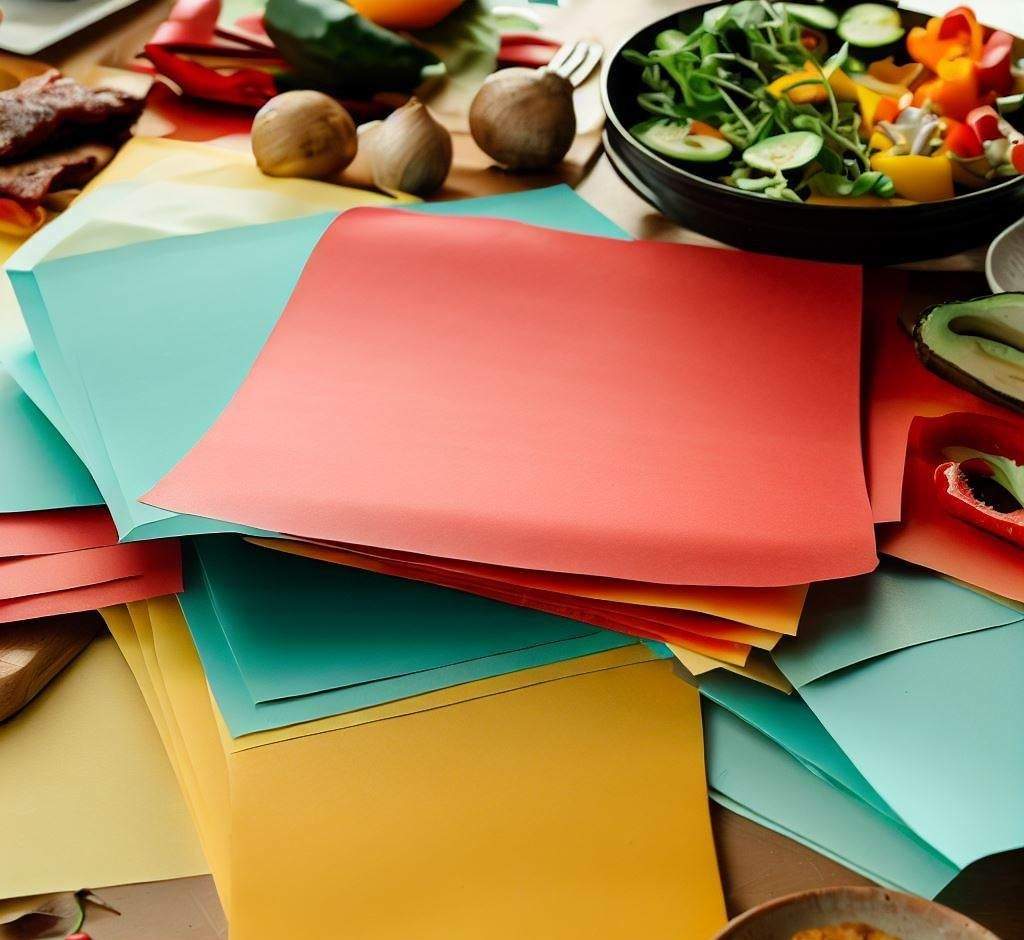
What are the 2 Certificates Needed for Food-grade Parchment Paper?
The two common certificates or regulatory standards for ensuring food-grade quality in parchment paper are:
FDA Compliance: The U.S. Food and Drug Administration (FDA) sets regulations and standards for food contact materials, including parchment paper. Parchment paper manufacturers must comply with FDA guidelines to ensure their products are safe for food use. Compliance with FDA regulations is an indicator of food-grade quality and safety.
FSC Certification: The Forest Stewardship Council (FSC) certification ensures that the paper used in parchment paper production comes from responsibly managed forests. FSC certification verifies sourcing in an environmentally and socially responsible manner. It considers forest conservation, indigenous rights, and worker welfare. While FSC certification is not directly related to food safety, it is crucial to those concerned about sustainability and ethics.
Where to Use Parchment Papers Over Silicone Baking Mats?
While both parchment papers and silicone baking mats have their advantages, there are certain situations where using parchment paper may be preferred over silicone baking mats:
High-Temperature Baking: Parchment paper is generally considered safe for use at temperatures up to approximately 420°F (215°C). In contrast, silicone baking mats have specific temperature limits, and some may not be suitable for very high-temperature baking. Parchment paper may be better if baking at extremely high temperatures, such as for bread or pizza that requires intense heat.
Delicate Baking: Parchment paper provides a smooth non-stick surface that is gentle on baked goods. It helps prevent sticking without altering the texture or appearance of the baked goods. Silicone baking mats, while non-stick, have a slightly textured surface that may leave marks on the bottom of delicate items like cookies or macarons. Parchment paper offers a smoother finish for treats.
Easy Cleanup: Parchment paper is disposable, making cleanup quick and easy. You can discard the used parchment paper, eliminating the need for washing. On the other hand, silicone baking mats require washing and can be a bit more cumbersome to clean, especially if they have accumulated stubborn residue.
Convenience: Parchment paper is widely available. You can easily find them. It’s also pre-cut into convenient sizes, so you can grab a sheet and line your baking pan without additional preparation. Silicone baking mats, while reusable, may require trimming to fit your specific baking pan size. They need proper storage between uses.
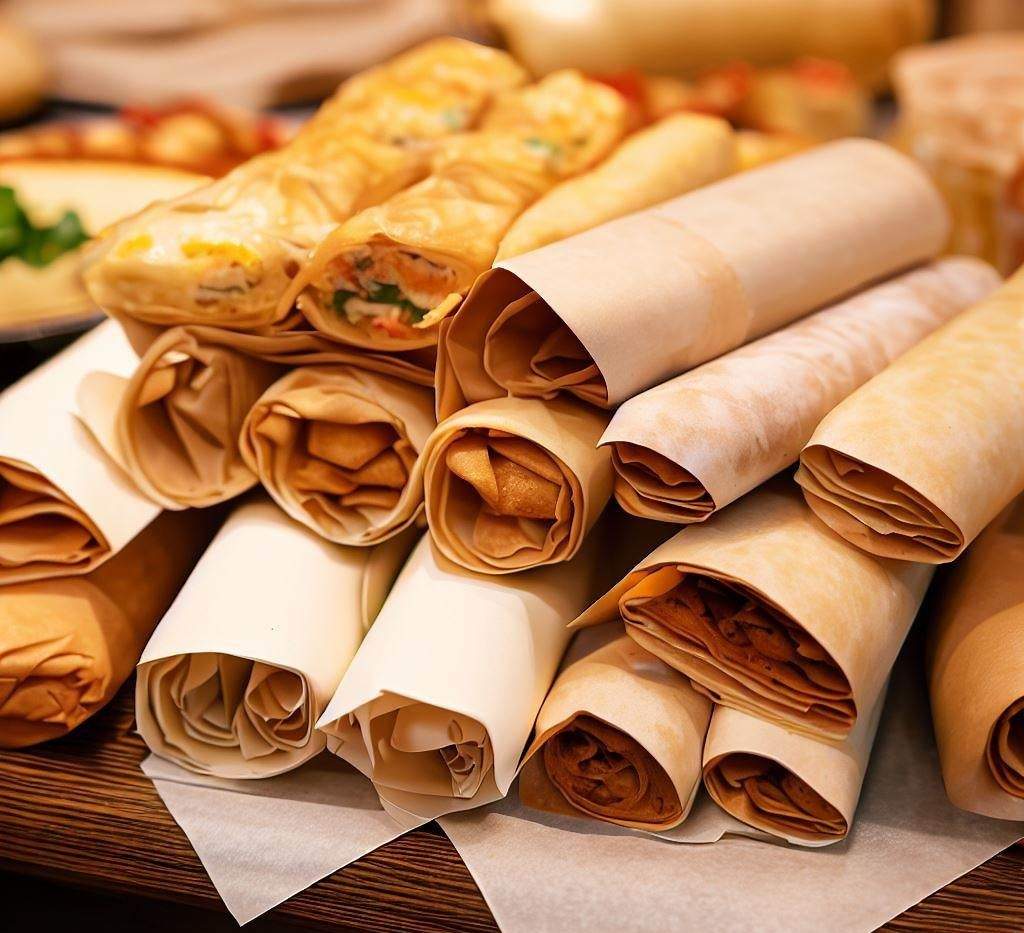
Conclusion
Parchment paper is a versatile and essential tool in the kitchen, offering convenience, non-stick properties, and heat resistance for various cooking and baking tasks. Whether you’re a home cook, a professional chef, or a business needing to source high-quality parchment paper, it’s crucial to partner with a reliable supplier.
If you’re looking for a trusted source to meet your parchment paper needs, we encourage you to connect with IgniteSupplyChain. They specialize in providing top-quality food-grade parchment paper that meets rigorous safety standards. With their expertise and commitment to customer satisfaction, IgniteSupplyChain is well-equipped to cater to your parchment paper requirements.
For custom products manufacturing related queries please visit EverLighten.com
FAQs
Parchment paper itself does not contain chemicals. However, manufacturers may use some, such as in the coating or bleaching processes. Manufacturers adhere to regulations and standards to ensure the safety of parchment paper for food use. Look for "food grade" on the labels. No, parchment paper does not contain BPA. Yes, parchment paper is biodegradable. No, parchment paper is not the same as wax paper. Parchment paper is considered a healthier option than aluminum foil We do not recommend boiling parchment paper. Yes, you can use parchment paper for frying. Parchment paper generally does not require greasing. Parchment paper is for single use, but you can reuse it. Parchment paper has a high heat resistance and is unlikely to catch fire under normal baking conditions.Does parchment paper have chemicals?
Does parchment paper have BPA?
Is parchment paper biodegradable?
Is parchment paper the same as wax paper?
Is parchment paper healthier than aluminum foil?
Can you boil parchment paper?
Can you fry it on parchment paper?
Does parchment paper need to be greased?
Can you reuse parchment paper?
Does parchment paper catch on fire?

